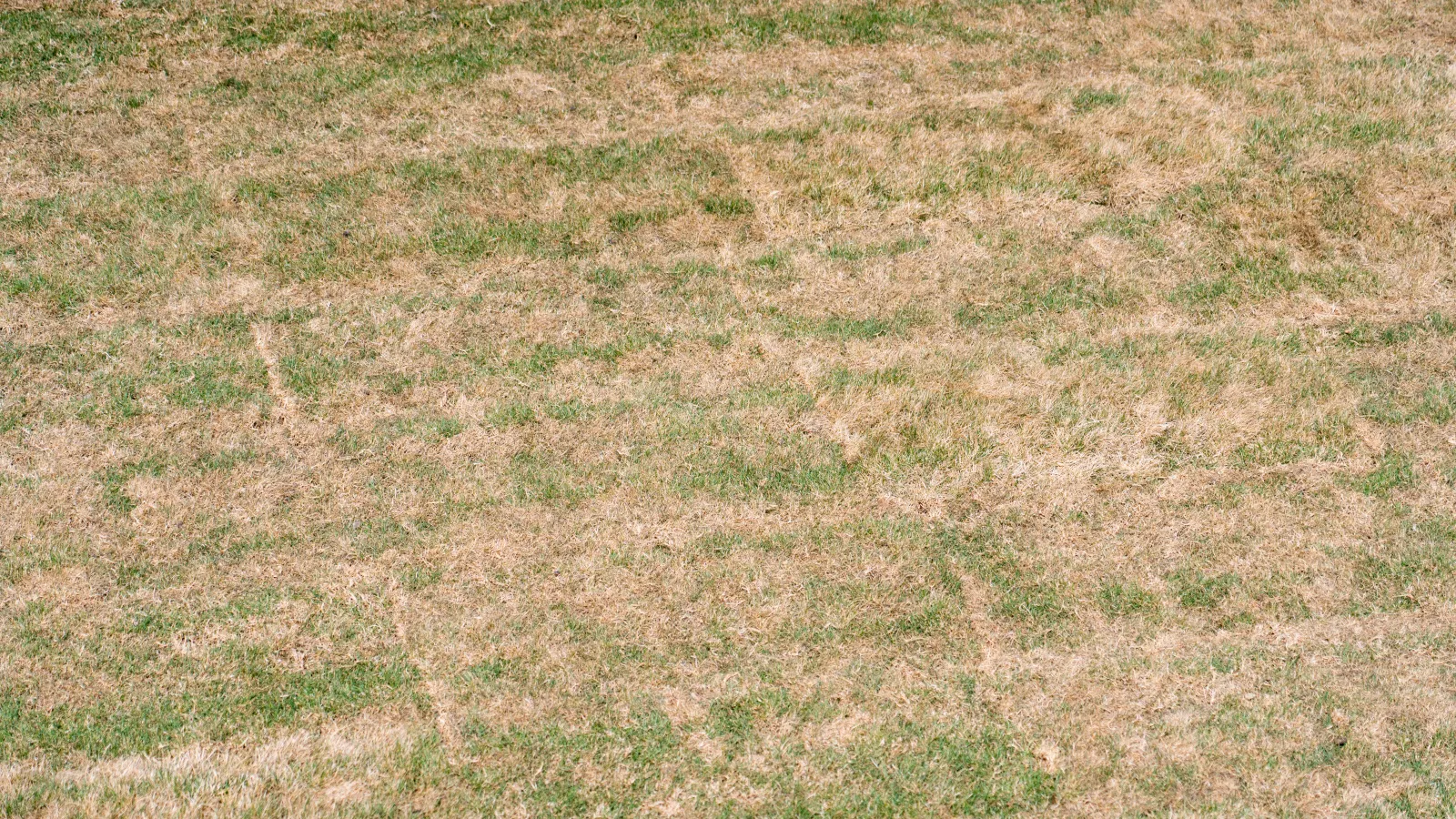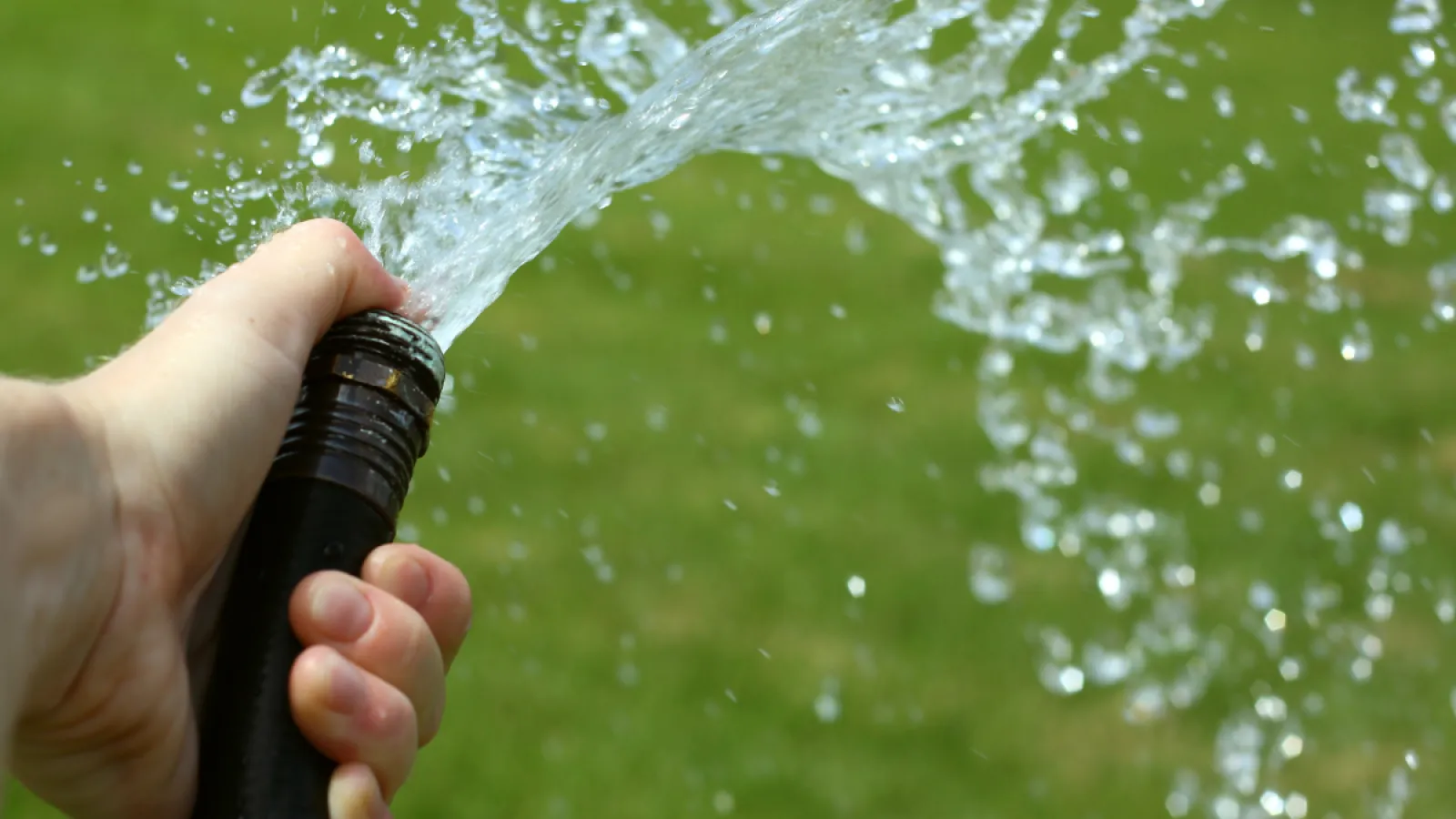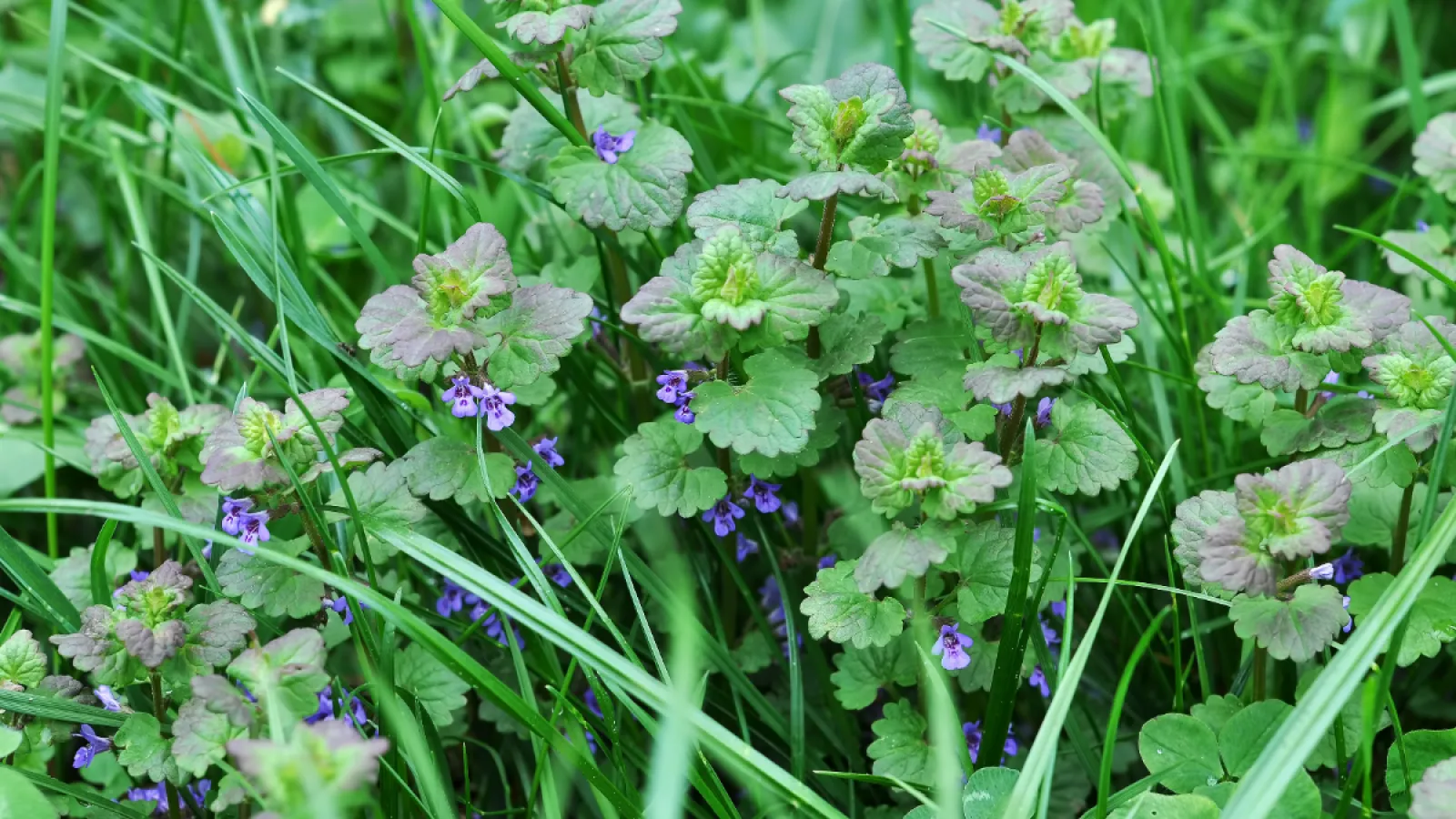
Grass Going Into Dormancy
For people who live in the southeast US, do you ever wonder why some lawns are green in winter and others are not? That’s because our climate allows for both warm-season and cool-season grasses to grow, but they have different dormancy times. Cool season lawns, like tall Fescue, stay green through the cooler months and warm-season grasses go into dormancy and turn a light brown color.
Warm-season grasses, like Zoysia, Bermuda and St. Augustine, thrive in the heat. Peak growing season is late spring and summer. Around the first frost and when ground temperatures drop below 50° Fahrenheit, Zoysia and other warm-season grasses go into dormancy and begin to lose their green color.
But not so fast. You won’t wake up one day to find your entire warm-season lawn a light straw to tan color (what it looks like in dormancy).
Camouflage Pattern
Instead, it happens in stages. As part of your lawn starts to settle in for the winter, it can cause a camouflage pattern. You’re most likely to see this weird pattern around Daylight Savings time due to the fluctuation and drop in temperatures. But don’t worry, it’s nothing to worry about–it just looks a bit odd.
So, how does it happen? Heat is absorbed by the soil when the temperatures are warmer. When night falls, the heat radiates from the soil, upwards to the leaf blades and stolons in zig-zag patterns. The slightest drop in temperature can cause the moisture in the leafblade to frost over and kill the leaf tissue in spots. After a widespread freeze, the camouflage patterns will disappear into a typical tan-colored, dormant lawn.
Grass Going into Dormancy
Grass goes into dormancy to survive the cold months. Although we know warm-season lawns go into dormancy every winter, it’s hard to say how long the process will take. Every lawn is different. Your neighbor’s lawn might still be green when yours has a camouflage pattern. Just as every lawn greens up at its own pace, the same is true for browning and going dormant. Remember, dormancy doesn’t mean the grass is dead. It will start actively growing again in the spring when the temperatures rise.
Lawn Care Tips in Dormancy
Below are some tips for caring for your grass in the winter months while it is dormant.
- Mowing. Zoysia and Bermuda lawns typically do not need mowed in the winter because of the slow growth.
- Water. In absence of rainfall, water about 1 inch of water per week.
- Leaves. Remove any fallen leaves from your lawn. This will allow air and oxygen to reach the grass blades.
- More about mowing. Make sure mower blades are sharp for the next growing season.
If you have any questions about your warm-season lawn or dormancy, feel free to reach out to The Nice Guys at Turf Masters Lawn Care.


